Francisco Migoya of the CIA's Apple Pie Bakery Café Is among Top 10 Pastry Chefs in America
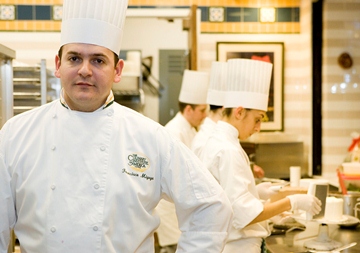 Want to sample the creations of one of the top 10 pastry chefs in America? Just visit the Apple Pie Bakery Café at The Culinary Institute of America (CIA). Francisco Migoya, CIA associate professor in baking and pastry arts and executive chef of the Apple Pie Bakery Café, has been named one of the best pastry chefs in America for 2011 by Dessert Professional magazine.
Want to sample the creations of one of the top 10 pastry chefs in America? Just visit the Apple Pie Bakery Café at The Culinary Institute of America (CIA). Francisco Migoya, CIA associate professor in baking and pastry arts and executive chef of the Apple Pie Bakery Café, has been named one of the best pastry chefs in America for 2011 by Dessert Professional magazine.
The Apple Pie Bakery Café is one of five public restaurants on the Hyde Park, N.Y., campus, all of which are also classrooms for students pursuing their bachelor's or associate degrees at the CIA. As such, in addition to being the restaurant's executive chef, Migoya teaches the sophomore-level Café Operations course for baking and pastry-arts majors.

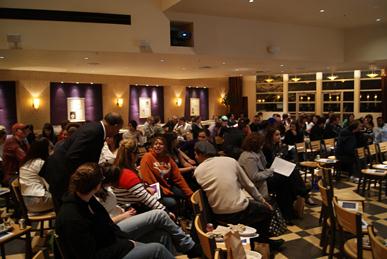 By Michael DeJager, ’12, student-body president, JWU
By Michael DeJager, ’12, student-body president, JWU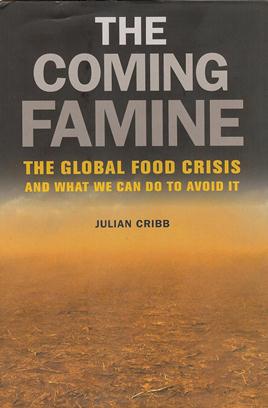 Are we heading for a worldwide famine by mid-century? Is our very civilization unsustainable? Is it too late to stop the train and turn it around? The answers are yes, yes and no.
Are we heading for a worldwide famine by mid-century? Is our very civilization unsustainable? Is it too late to stop the train and turn it around? The answers are yes, yes and no.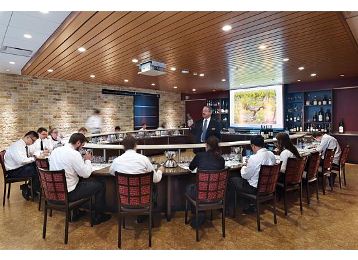 Johnson & Wales University's Cuisinart Center for Culinary Excellence in Providence earns LEED gold certification.
Johnson & Wales University's Cuisinart Center for Culinary Excellence in Providence earns LEED gold certification.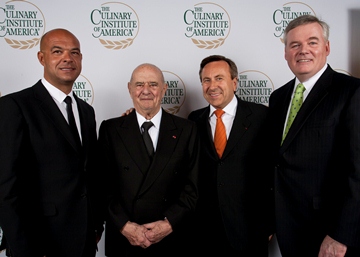 Culinary Legend Honored at 2011 Augie™ Awards
Culinary Legend Honored at 2011 Augie™ Awards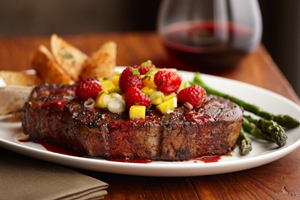 Premium and natural descriptors resonate with consumers of beef and pork menu items, finds Technomic.
Premium and natural descriptors resonate with consumers of beef and pork menu items, finds Technomic. Leading fast-casual restaurant chains not only weathered the economic storm, they prospered, reports NPD.
Leading fast-casual restaurant chains not only weathered the economic storm, they prospered, reports NPD.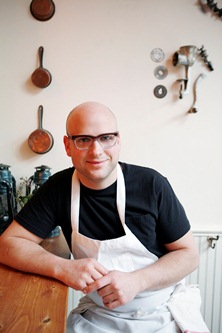 Daniel Holzman of The Meatball Shop in Manhattan doesn't miss the pressure of fine dining. That's partly because he's smiling all the way to the bank.
Daniel Holzman of The Meatball Shop in Manhattan doesn't miss the pressure of fine dining. That's partly because he's smiling all the way to the bank. Site visits, or field trips, are great educational experiences that provide students with an industry perspective we cannot provide in our classrooms.
Site visits, or field trips, are great educational experiences that provide students with an industry perspective we cannot provide in our classrooms. Mind the chef, don’t steal and watch food costs. Students should live by these and eight other essential dos and don’ts to remain employed in that job for which you’ve trained him or her.
Mind the chef, don’t steal and watch food costs. Students should live by these and eight other essential dos and don’ts to remain employed in that job for which you’ve trained him or her.